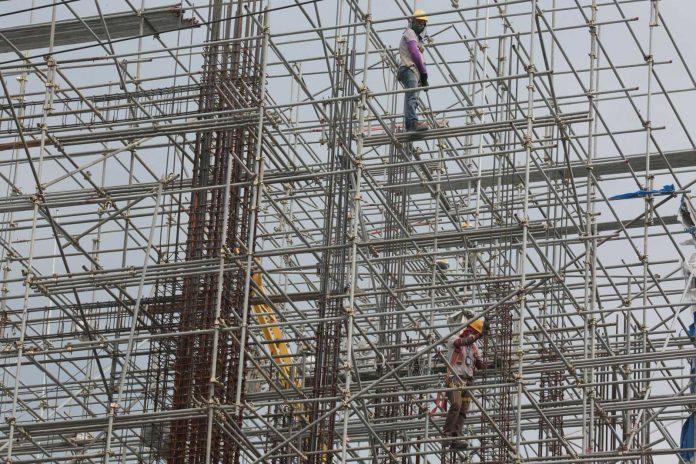
THE Asian Development Bank (ADB) estimated at least two million Filipino workers may have lost their jobs by the end of the year as the pandemic continued, with the steepest drop in employment seen in services sector that depend heavily on tourism.
“Our analysis shows that by the end of 2020, around 2.1 million workers may have lost their jobs, relative to the pre-COVID baseline scenario. About 1.5 million of these workers (about 68%) may become unemployed, raising the unemployment rate from 5.1% in 2019 to 8.5% in 2020,” ADB Southeast Asia Department technology and innovation specialist Sameer Khatiwada and economist Rosa Mia Arao said in a blog post published on Friday.
They noted another 389,000 workers may drop out of the labor force, while around 288,000 workers may look for work in other sectors, mainly agriculture.
“Such labor reallocation following economic shocks is typical in the context of developing economies. Without adequate social protection, displaced workers cannot afford to remain unemployed and, therefore, shift to lower productivity employment in agriculture or informal employment in low productivity services,” they said.
However, there are “signs that a pickup in the job market is underway,” the ADB analysts said.
In October, the unemployment rate stood at 8.7% which represents 3.813 million jobless Filipinos, data from the Philippine Statistics Authority showed. This eased from the 10% jobless rate in July when 4.571 million Filipinos are unemployed.
Based on ADB’s estimates, a decline in employment is seen in tradable sectors such as manufacturing and transportation due to the drop in global demand. However, job losses were higher in non-tradable industries such as construction, wholesale and retail, accommodation and food, and public administration, because of strict lockdown measures.
“We estimate job loss north of 500,000 in wholesale and retail, 265,000 in accommodation and food, and a drop of about 100,000 jobs in transport, public administration, and other services,” the ADB analysts said.
There is also a sharp increase in employees that reported they had a job but did not work during the year. The ADB analysts noted some of these workers likely did not get any salary at this time.
“Indeed, the COVID-19 pandemic had significant labor market impacts, including massive job losses and unemployment, a decline in labor force participation, and reductions in hours worked. Moreover, our analysis indicates that job loss disproportionately affected low productivity sectors such as construction, transport, tourism, and wholesale and retail that employ many low-skilled workers,” they said.
Moving forward, the government’s infrastructure push, stable inflation and low interest rates, as well as the upcoming availability of vaccines should boost economic recovery and increase jobs.
“Over the medium-term, policies to spur and save jobs, help struggling firms, help displaced workers to find reemployment, and to boost spending, will be critical to ensure a resilient and robust recovery,” the analysts said.
“Moreover, intensified efforts to improve education and training will help to enhance the skills of workers whose livelihoods have been affected by the pandemic. Together, these measures are encouraging signs that workers will not only find employment but thrive in the post-COVID-19 labor market.”
The ADB expects the Philippine economy to shrink by 8.5% this year before growing by 6.5% in 2021. This compares with the government’s forecast of an 8.5-9.5% contraction in 2020 and a growth of 6.5-7.5% by 2021. — L.W.T. Noble

